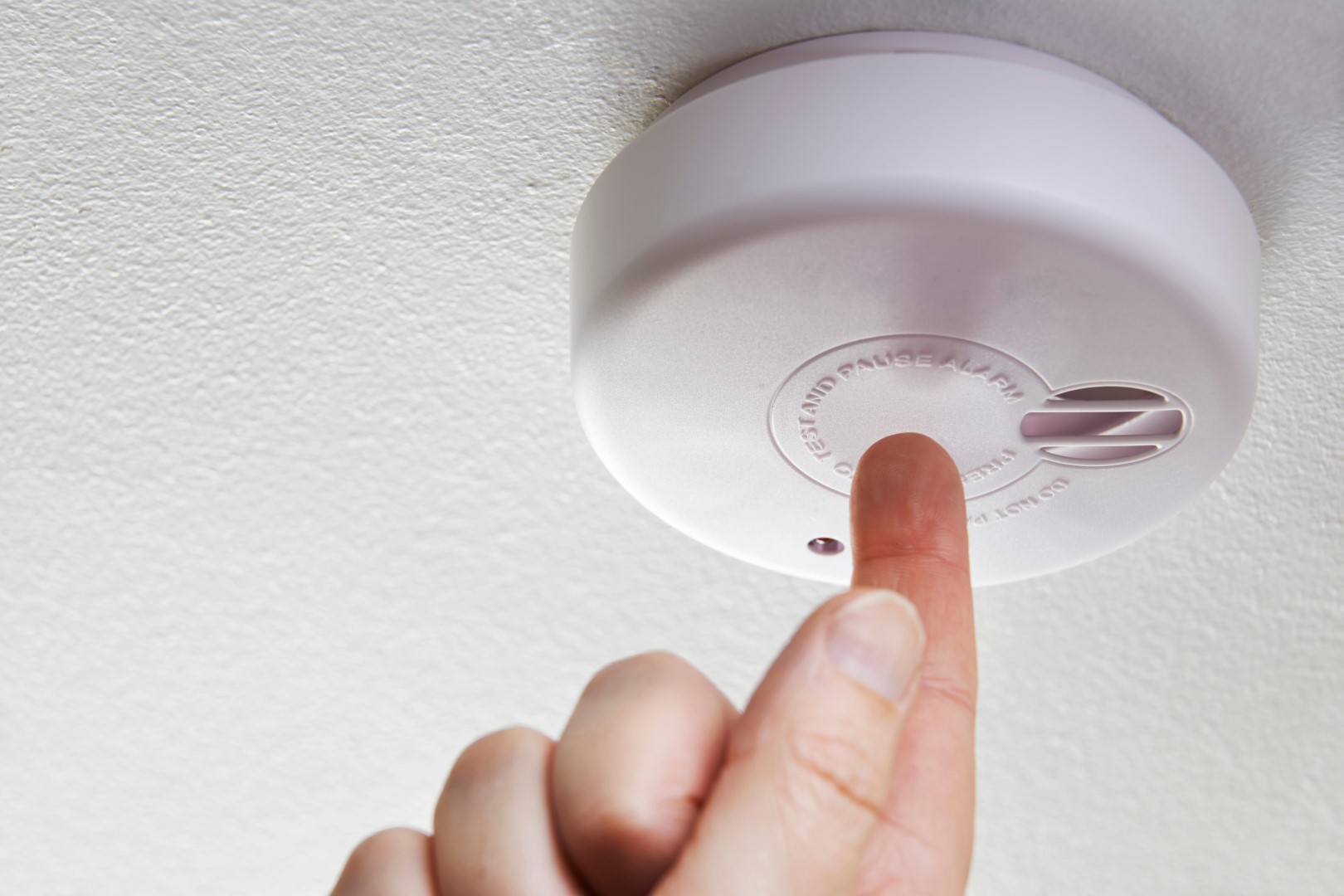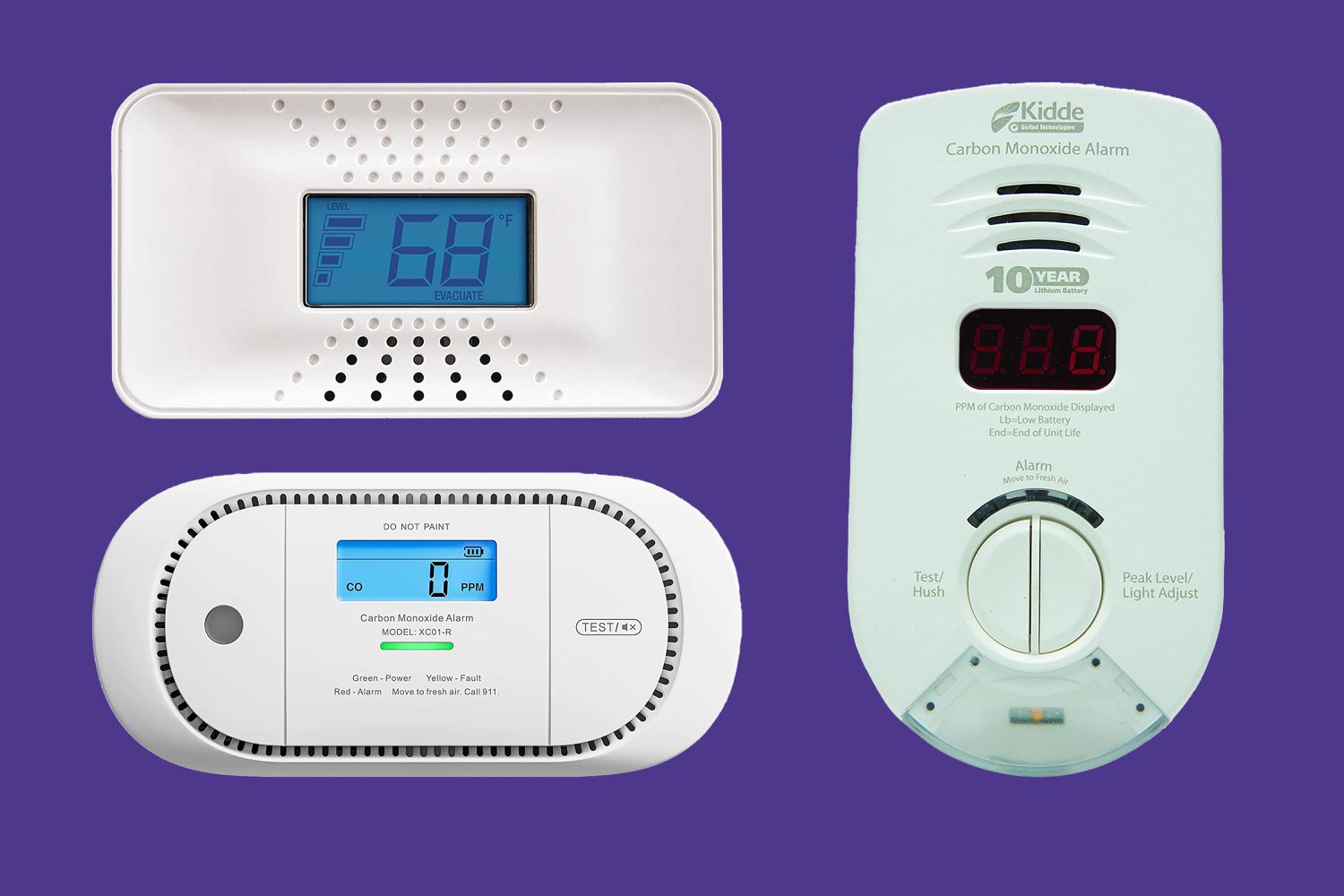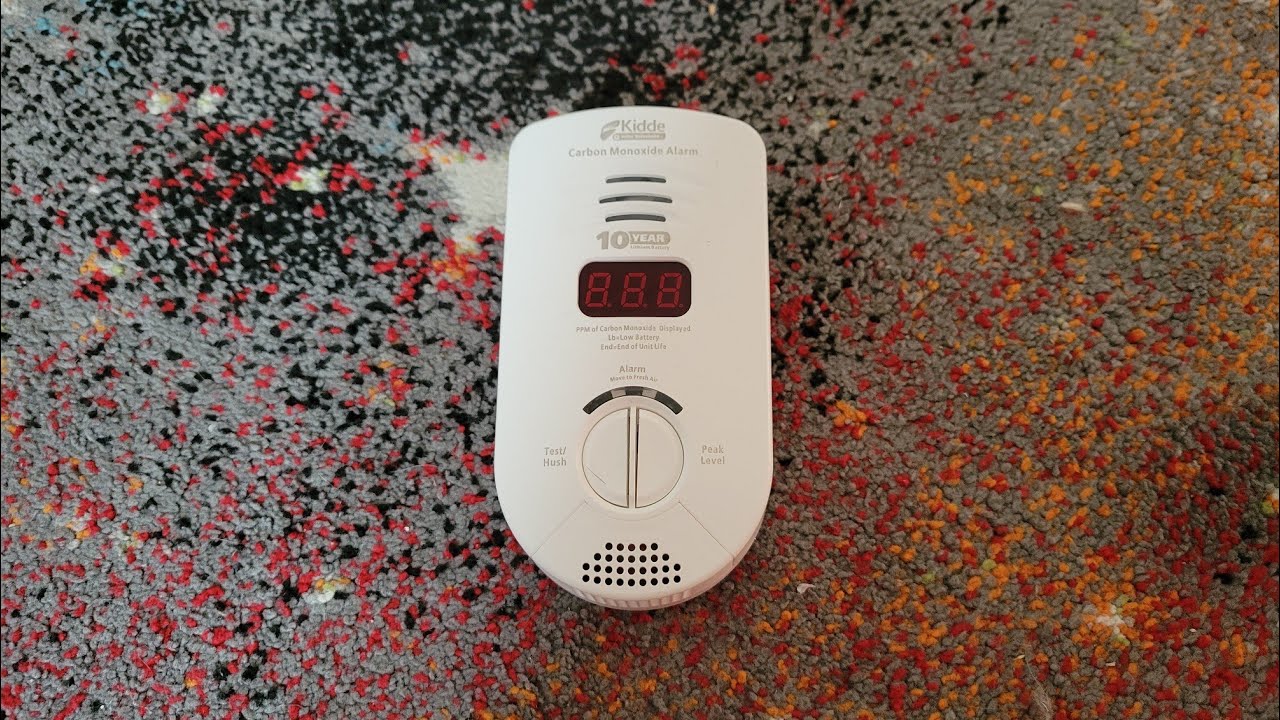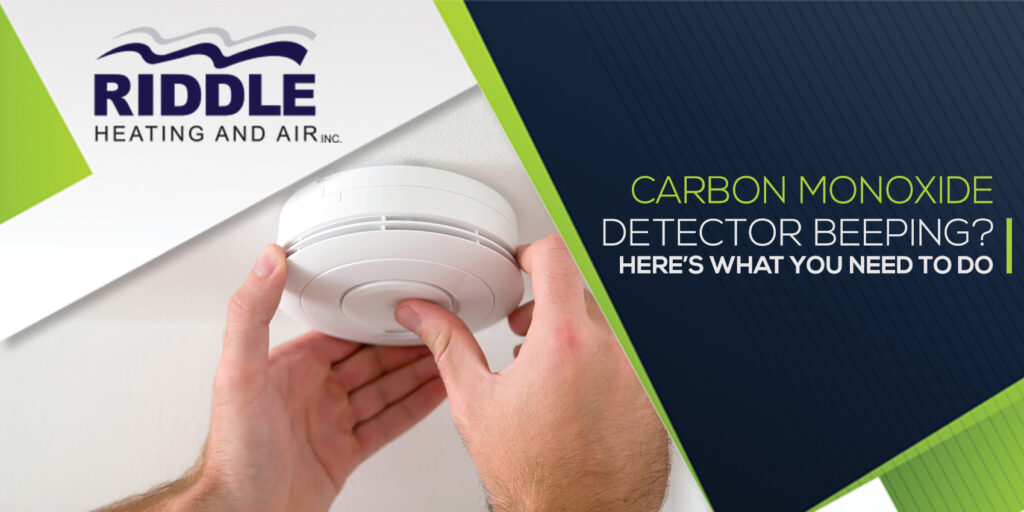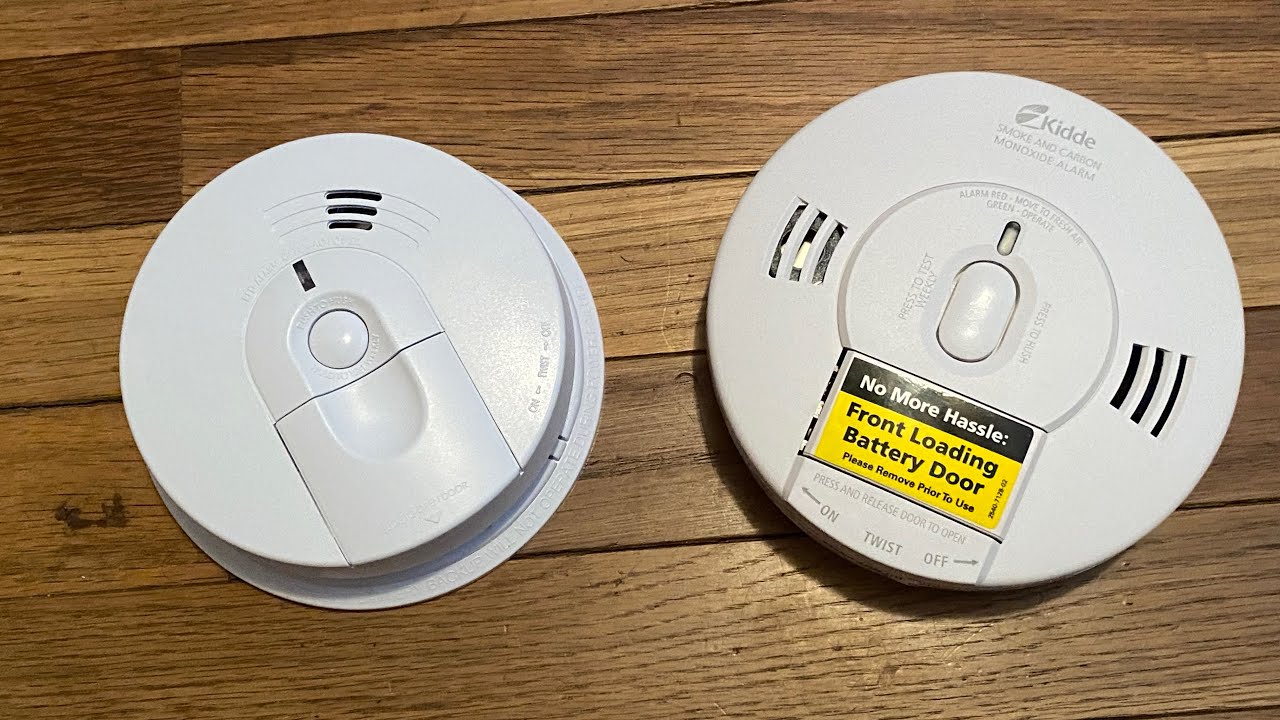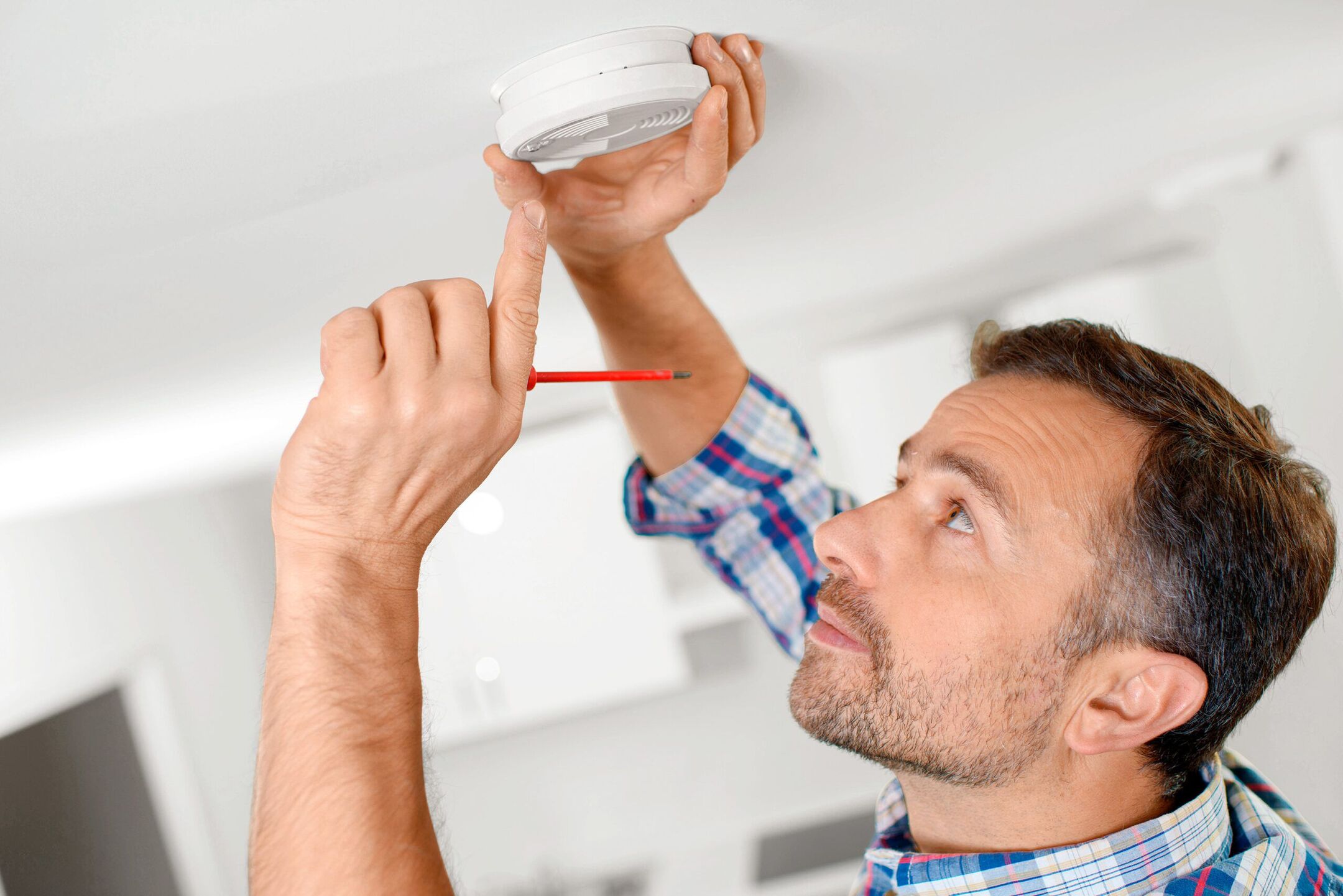How To Turn Off Carbon Monoxide Detector

Dealing with a beeping carbon monoxide (CO) detector can be stressful. Before you consider turning it off, it's vital to understand why it's sounding an alarm and ensure your safety. This guide walks you through the steps of silencing your CO detector while prioritizing safety and troubleshooting potential issues.
Immediate Safety Precautions
Your safety is paramount. If your CO detector is sounding an alarm, follow these crucial steps before attempting to silence or turn off the device:
- Evacuate Immediately: Get everyone out of the house—including pets. Do not linger to open windows or investigate the source while inside.
- Call Emergency Services: From a safe location (outside the house), call your local emergency services or the fire department. They can use specialized equipment to determine if there is a carbon monoxide leak and its source.
- Do Not Re-enter: Do not go back inside until emergency personnel have given you the all-clear.
Silencing the Carbon Monoxide Detector (Once Safe)
If emergency services have cleared your home and the CO detector is still beeping (perhaps a low battery warning or a lingering low-level CO reading), you can proceed with attempting to silence it. Never disable a CO detector while a potentially dangerous CO level is present.
Locating the Silencing Button
Most CO detectors have a test/silence button. This is typically a clearly marked button on the front of the device. Consult your detector's user manual if you're unsure of its location.
Pressing the Silence/Test Button
Press and hold the silence/test button for the duration specified in your user manual (usually a few seconds). This should temporarily silence the alarm. Note that some alarms will immediately resume sounding if CO levels remain high.
Turning Off the Carbon Monoxide Detector (Short-Term Solution Only)
Turning off the CO detector should only be considered a temporary measure after the immediate threat has been addressed by emergency services and you've identified the reason for the alarm (e.g., low battery). Disabling it completely leaves you unprotected.
Battery-Operated Detectors
- Locate the Battery Compartment: This is usually on the back or side of the detector.
- Open the Compartment: You may need a small screwdriver to open it.
- Remove the Batteries: Take out all the batteries.
After removing the batteries, it is highly recommended to immediately replace them with new ones to ensure continued protection.
Hardwired Detectors
Hardwired CO detectors are connected to your home's electrical system and often have a battery backup.
- Locate the Detector: Identify the specific hardwired detector that is alarming.
- Silence the Alarm: Press the silence/test button.
- Disconnect the Power Connector: There's usually a small connector that attaches the detector to the wiring harness. Disconnect this connector. Be cautious when handling electrical components.
- Remove the Battery Backup: Open the battery compartment and remove the battery.
Important Safety Note: Before working with any electrical components, turn off the power to the circuit breaker that supplies the detector. However, remember that disabling the circuit will also disable other devices on that circuit. It's generally safer to simply disconnect the power connector as described above.
Troubleshooting Common Issues
Understanding why your CO detector is alarming can help prevent future false alarms and ensure your safety. Here are some common causes:
- Low Battery: A chirping sound is a common indication of a low battery. Replace the batteries immediately.
- End of Life: CO detectors have a limited lifespan (typically 5-10 years). Check the manufacture date on the device and replace it if it's expired.
- Dust and Debris: Dust accumulation can trigger false alarms. Vacuum the detector regularly.
- Humidity: High humidity levels can sometimes cause false alarms. Consider relocating the detector if humidity is a recurring issue.
- Malfunctioning Appliances: Faulty furnaces, water heaters, stoves, or generators can produce CO. Have these appliances inspected and repaired by a qualified technician.
- Temporary CO Sources: Activities like using a fireplace or running a car in an attached garage can temporarily elevate CO levels. Ensure proper ventilation during these activities.
When to Call a Professional
While some CO detector issues are easy to resolve yourself, others require professional attention. Call a qualified HVAC technician or appliance repair professional if you experience any of the following:
- Persistent Alarms with No Apparent Cause: If your CO detector continues to alarm even after you've replaced the batteries, cleaned the detector, and ruled out other potential causes, there may be a hidden CO source.
- Suspect a Malfunctioning Appliance: If you suspect that a furnace, water heater, or other appliance is producing CO, do not attempt to repair it yourself. Call a qualified technician immediately.
- You Experience CO Poisoning Symptoms: Symptoms of CO poisoning include headache, dizziness, nausea, vomiting, confusion, and loss of consciousness. If you experience these symptoms, seek immediate medical attention.
- You're Uncomfortable Working with Electrical Components: If you're not comfortable disconnecting a hardwired CO detector or working with electrical wiring, call a qualified electrician.
Preventive Maintenance for Carbon Monoxide Detectors
Regular maintenance can help prevent false alarms and ensure that your CO detectors are functioning properly.
- Test Your Detectors Monthly: Press the test button to ensure that the alarm sounds.
- Replace Batteries Annually: Even if the detector isn't chirping, replace the batteries at least once a year. A good reminder is to do this when you change your clocks for daylight saving time.
- Clean Your Detectors Regularly: Vacuum the detectors every few months to remove dust and debris.
- Replace Detectors Every 5-10 Years: CO detectors have a limited lifespan. Check the manufacture date and replace them when they expire.
Estimating Repair Costs
The cost of repairing a CO-related issue can vary depending on the problem. Here are some general estimates:
- CO Detector Replacement: $20 - $100+ (depending on features and brand)
- Appliance Inspection: $75 - $200+ (depending on the appliance and location)
- Appliance Repair: $100 - $500+ (depending on the complexity of the repair)
- HVAC System Inspection: $100 - $300+
- HVAC System Repair: $200 - $1000+ (depending on the type of repair and parts needed)
These are just estimates. The actual cost may vary depending on your location, the specific issue, and the contractor you hire. Always get multiple quotes before making a decision.
Tools and Parts You Might Need
- New Batteries: Purchase the correct type of batteries specified by your CO detector.
- Screwdriver: A small Phillips-head or flat-head screwdriver may be needed to open the battery compartment.
- Vacuum Cleaner: Use a vacuum with a brush attachment to clean the detector.
- Replacement CO Detector: If your detector is expired or malfunctioning, purchase a new one that meets current safety standards.
- Multimeter: Useful for checking voltage if dealing with hardwired detectors (only for experienced DIYers who are comfortable working with electricity).
Choosing a New Carbon Monoxide Detector
When choosing a new CO detector, consider the following factors:
- Type of Detector: Choose between battery-operated, hardwired, or combination detectors.
- Features: Look for features such as digital displays, voice alarms, and interconnected detectors.
- Compliance: Ensure that the detector meets current safety standards (UL listed).
- Warranty: Check the warranty offered by the manufacturer.
- Smart Home Integration: Some CO detectors integrate with smart home systems, allowing you to receive alerts on your smartphone.
Final Thoughts
Dealing with a carbon monoxide alarm can be alarming, but by following these steps and prioritizing safety, you can effectively troubleshoot the issue and protect your home and family. Remember, if you're ever unsure about the source of the alarm or uncomfortable performing any of these tasks, it's always best to call a qualified professional.
